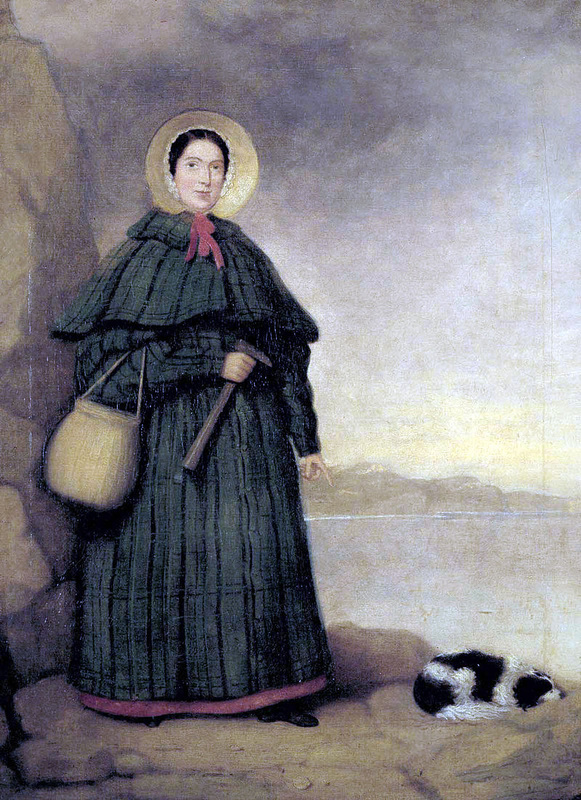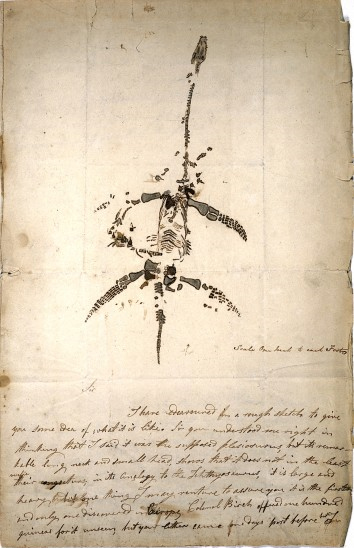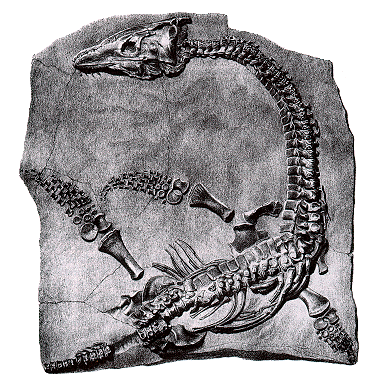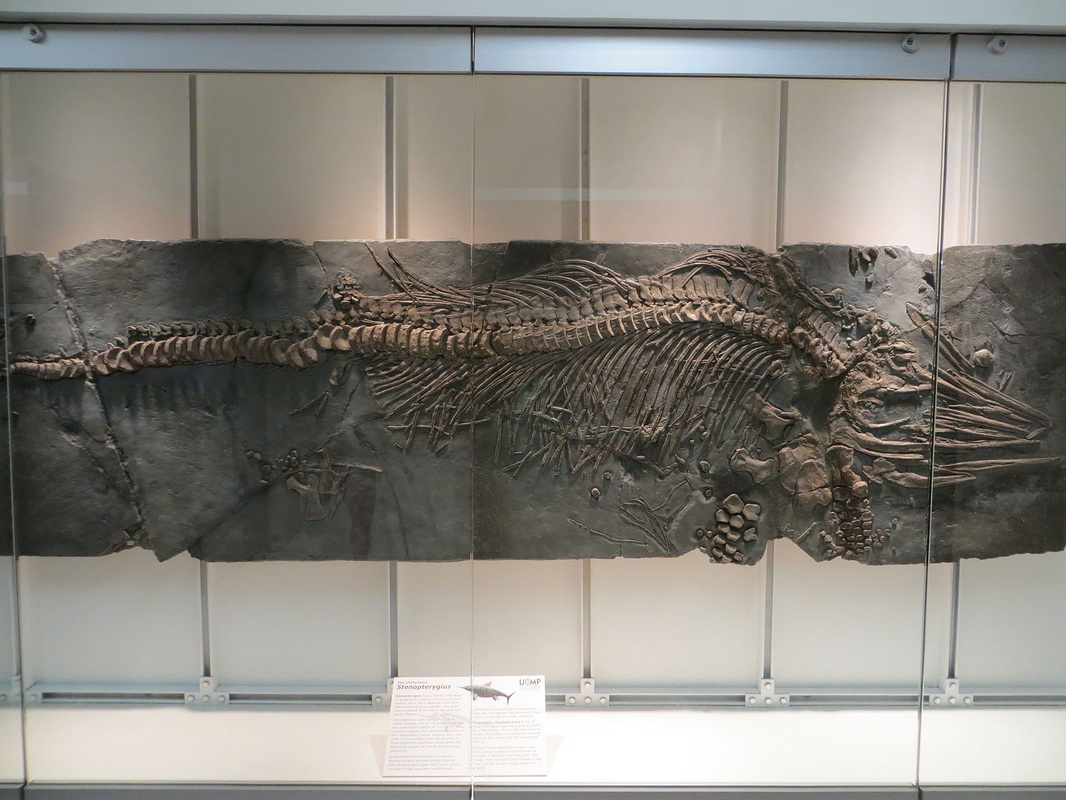|
Great stories in lady science is a regular feature where we take a look at a historical or modern day female scientist and get inspired by her contributions and struggles.
0 Comments
Leave a Reply. |
Field Notes
Archives
July 2021
Categories |
|
Partner with us! We are always looking for new schools, scientists, and non-profit organizations to partner with. Please contact us here to start a conversation.
Hear from us! Sign up for our newsletter to hear about what is happening at Field School as well as upcoming offers and specials. |





 RSS Feed
RSS Feed